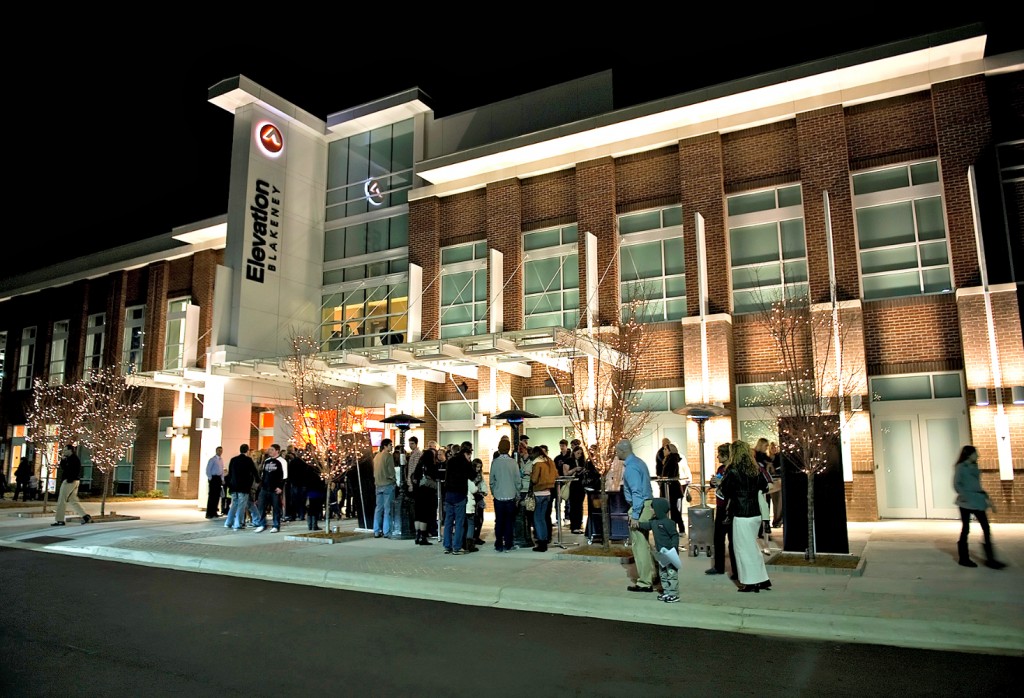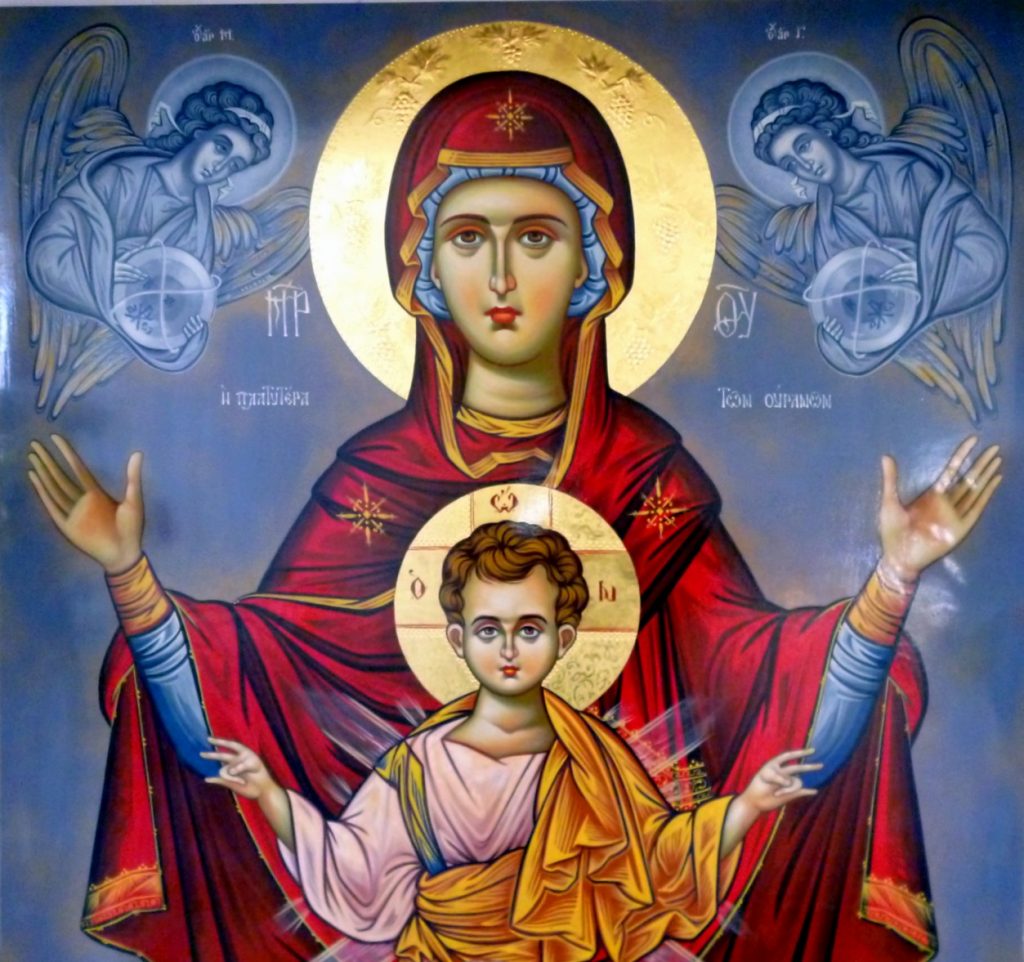PART 1: NOT A HELPFUL (OR ACCURATE) LABEL
A lot of Christians sincerely believe that they are just Bible Christians because the Church they attend is labelled “non-denominational.” Admittedly, there are so many Christian denominations in the United States that it is tempting to walk away from any label like “Baptist” “Pentecostal” “Evangelical” “Foursquare” etc. So by saying “I am just a Bible-believing Christian and so I attend a non-denomination congregation,” many sincere Christians truly believe that they have achieved the goal of being just that: mere Christianity Christians that are above denominational labels.
However well-intentioned this may be, it ends up hiding two inescapable facts:
(1) All Christians (including Catholics and Orthodox) claim to be Bible-believing!
(2) There is no such thing as a non-denominational Church or non-denomination Christian, with the result that this neutral label really hides a denominational alignment. Even as Wikipedia explains: “Nondenominational (or non-denominational) Christian institutions are those not formally aligned with an established religious denomination, but are historically Protestant, or that remain otherwise officially autonomous.” To illustrate, it would be easy to ask anyone identifying himself or herself as a Christian 5 questions that immediately identify a theological or denominational alignment. For instance:
- Does your assembly, congregation or Church baptize infants or only adults?
- Does your assembly, congregation or Church believe that speaking in tongues is the main sign of baptism in the Holy Spirit?
- Does your assembly, congregation or Church believe that Jesus Christ is truly present (and not just represented) in the Eucharist?
- Does your assembly, congregation or Church ordain women to the pastorate, priesthood or ministry?
- How many books does the Bible used by your assembly, congregation or Church contain?
In general, it can be said that “non denominational Christians/Churches” are in fact Protestant Evangelicals who do not wish (for many and understandable reasons) to be clearly identified with a denominational label, such as Baptist or Pentecostal. The problem is that dismissing a label does not remove the reality that the label represents. Often, it only serves to create a form of self-deception, and so the best is to admit that we are either Orthodox, Catholic or Protestant (Evangelical, Baptism, Reformed, Pentecostal etc).
PART 2: ONE CHURCH, MANY DENOMINATIONS?
ASKING THE RIGHT QUESTIONS… ABOUT THE EARLY CHURCHES…
What in the world happened to Christianity? How do we go from these early communities to the Crusades, the Inquisition, or even the Reformation? And how do we go from the “mother church in Jerusalem” to more than 5,000 Christian denominations, some of them claiming to be “non-denominational?” Can we really say that “there is one Church but many denominations?”
Here, we must remember our discussion of the “Kingdom Tower” – that if Jesus Christ is to be taken seriously, his Church “built upont the rock” cannot have been swept away by the rain and flood of the ages. Some local churches may have experienced ups and down and moments of crisis; but it is impossible that all of them would have fallen away… The “great apostasy” theory, however popular, must be dismissed.
So what happened to these early churches established in the very beginning, in Jerusalem, Antioch, Damascus, Corinth, Thessaloniki, etc? For a 1,000 years, through centuries of struggles, grace and efforts, this “common union of the churches” was unbroken. In fact, a minor fracture appeared in the year 451, from which the well-known Coptic Church of Egypt separated from the rest of the communion (but the differences were and still are minor and rather obscure)…
ILLUSTRATIONS AND GRAPHICS:










